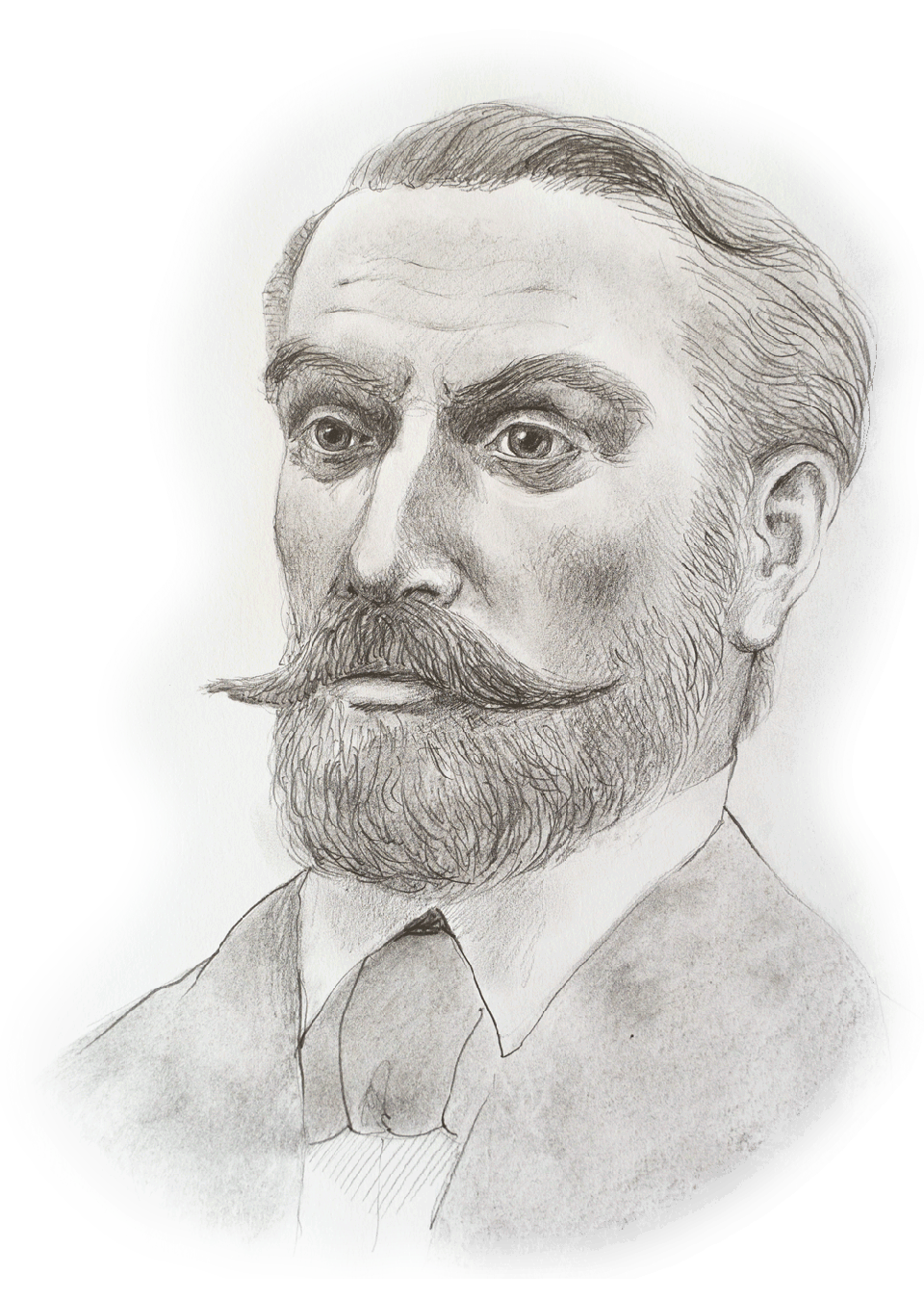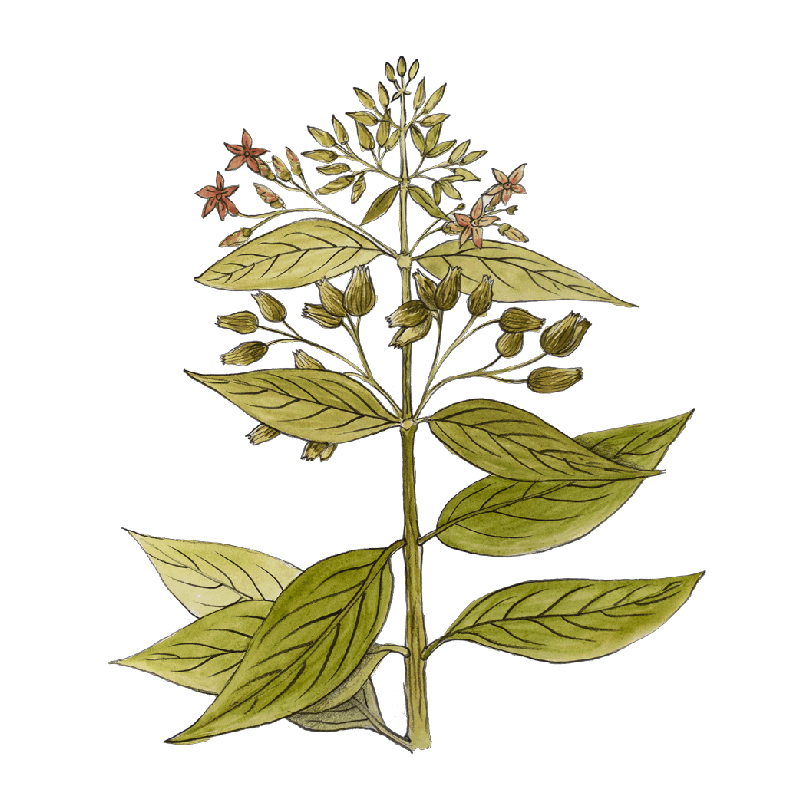May

May
Rozsnyay
Mátyás
Life
Mátyás Rozsnyay was born on the 14th of May, 1833, in Szabadszállás. He began his studies in his native village, then he was a student at the Reformed College in Kecskemét. Afterwards he was admitted to the military academy in Bécsújhely, which he had to leave due to the events of the 1848-49 revolution. After he returned home, he decided to become a pharmacist, starting his university studies in Pest, but finishing them in Vienna, where he received his degree in pharmacy.
After finishing his studies, he worked as an assistant pharmacist for several years, then returned to Szabadszállás, where he took over the management of the local pharmacy. He found out that the pharmacy in the village of Zomba was looking for a head pharmacist, so he applied for the job and was given the position. He worked there for more than a decade, then in 1874 he bought a pharmacy in Arad, called the Holy Trinity. He equipped the new pharmacy with a laboratory, and from then on he was the head of one of the most modern pharmacies in the country.
Rozsnyay was also active in public life and was elected as member of several professional and scientific societies. In the 1850s he also became interested in chess, published several articles on the subject in newspapers, and in 1860 published the first Hungarian chess book, which he translated from German.
In 1891 he was diagnosed with stomach and liver cancer. His illness worsened over the years and he died in 1895 after a long period of suffering.
Work

Mátyás Rozsnyay is credited with the invention of tasteless quinine, which was a major advance at the time, especially in pediatrics.
He started producing the tasteless quinine at the encouragement of the local doctor in Zomba. In 1863, he initiated the marketing of quinine candies (quinine bonbon), but his request was rejected, as his work was considered a pharmaceutical bungling. In 1867, József Koczianovich, a pharmacist from Gyöngyös, offered 20 gold pieces as a prize to anyone who could produce quinine without a bitter taste, but with the same effect as the original, which could be given to children. As a result Rozsnyay continued his research on the antipyretic drug. A year later, he gave a presentation of his work and presented the product, but the tender was not successful because the product did not reach the trial stage in time.
It was the 1869 itinerant convention in Fiume that brought Rozsnyay recognition. He managed to submit the preparation to the judging committee on time and handed out a piece of the pleasant-tasting candy containing 0.07 grams of quinine to each of the convention participants. Subsequently, the tasteless quinine soon became a recognized medicine.
